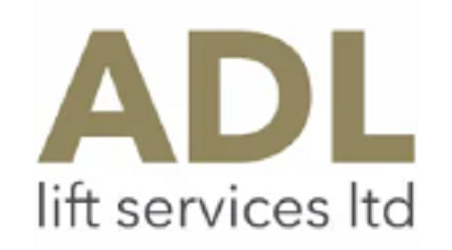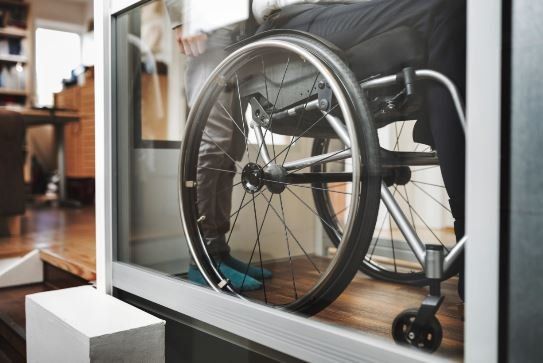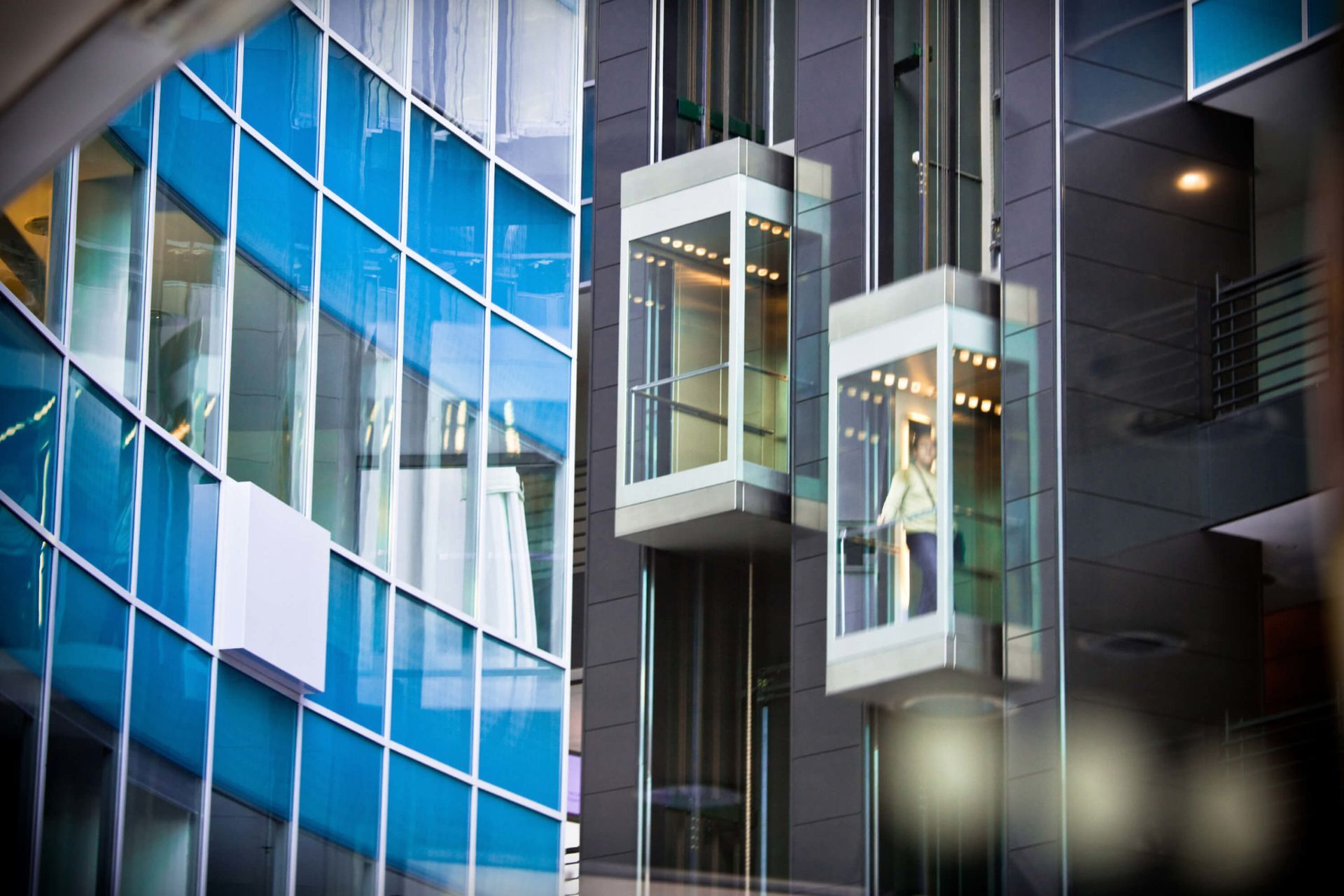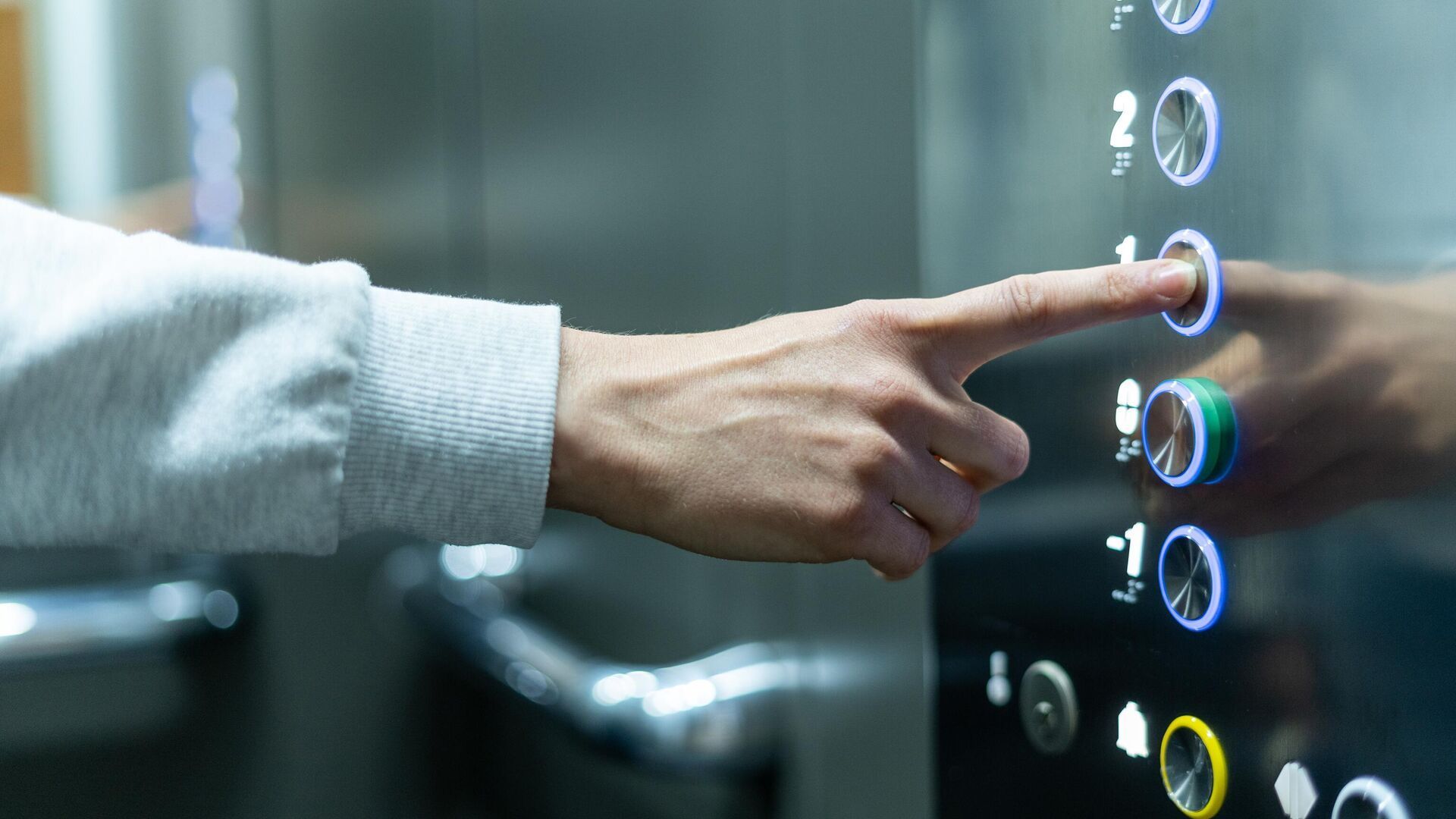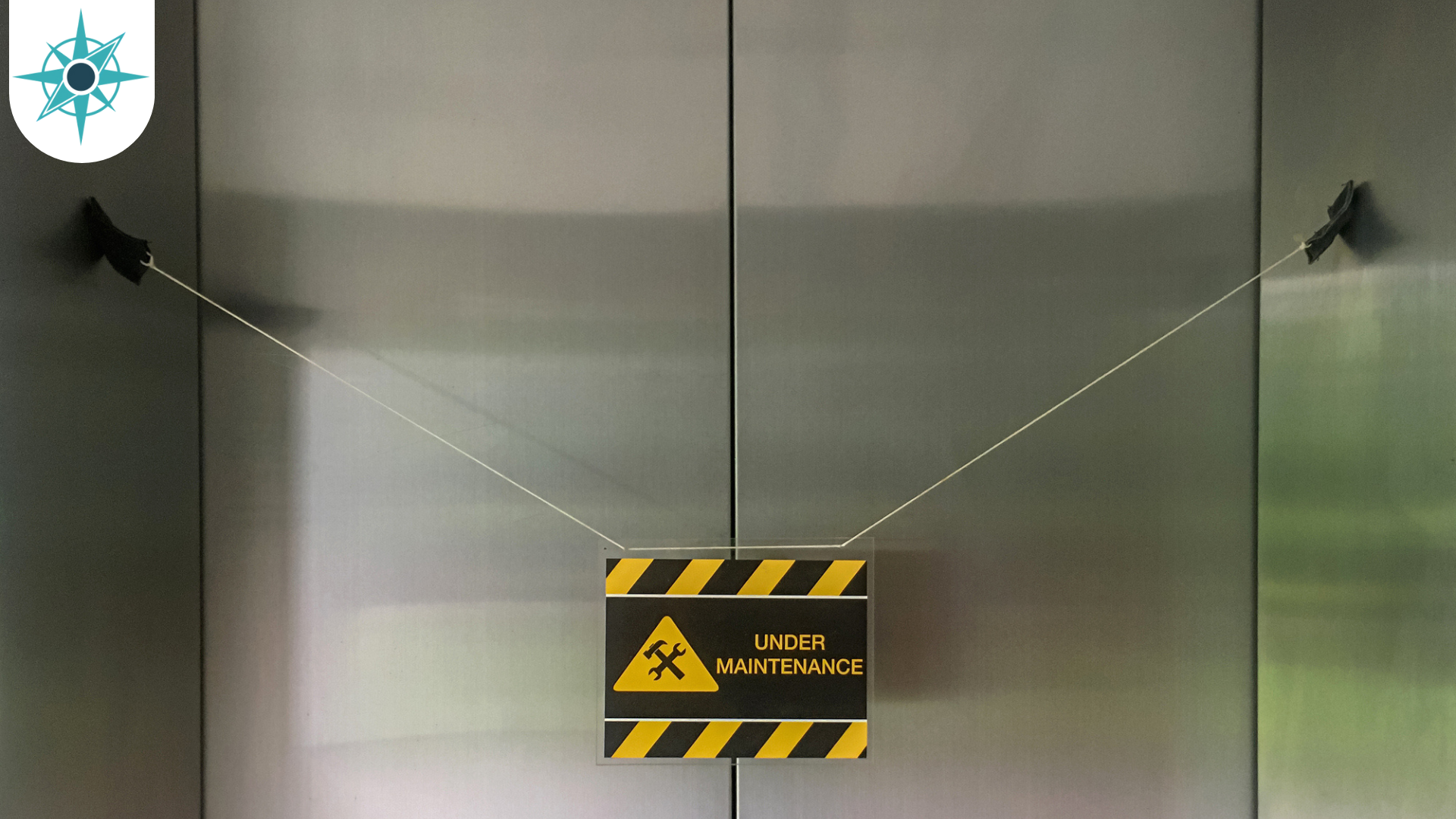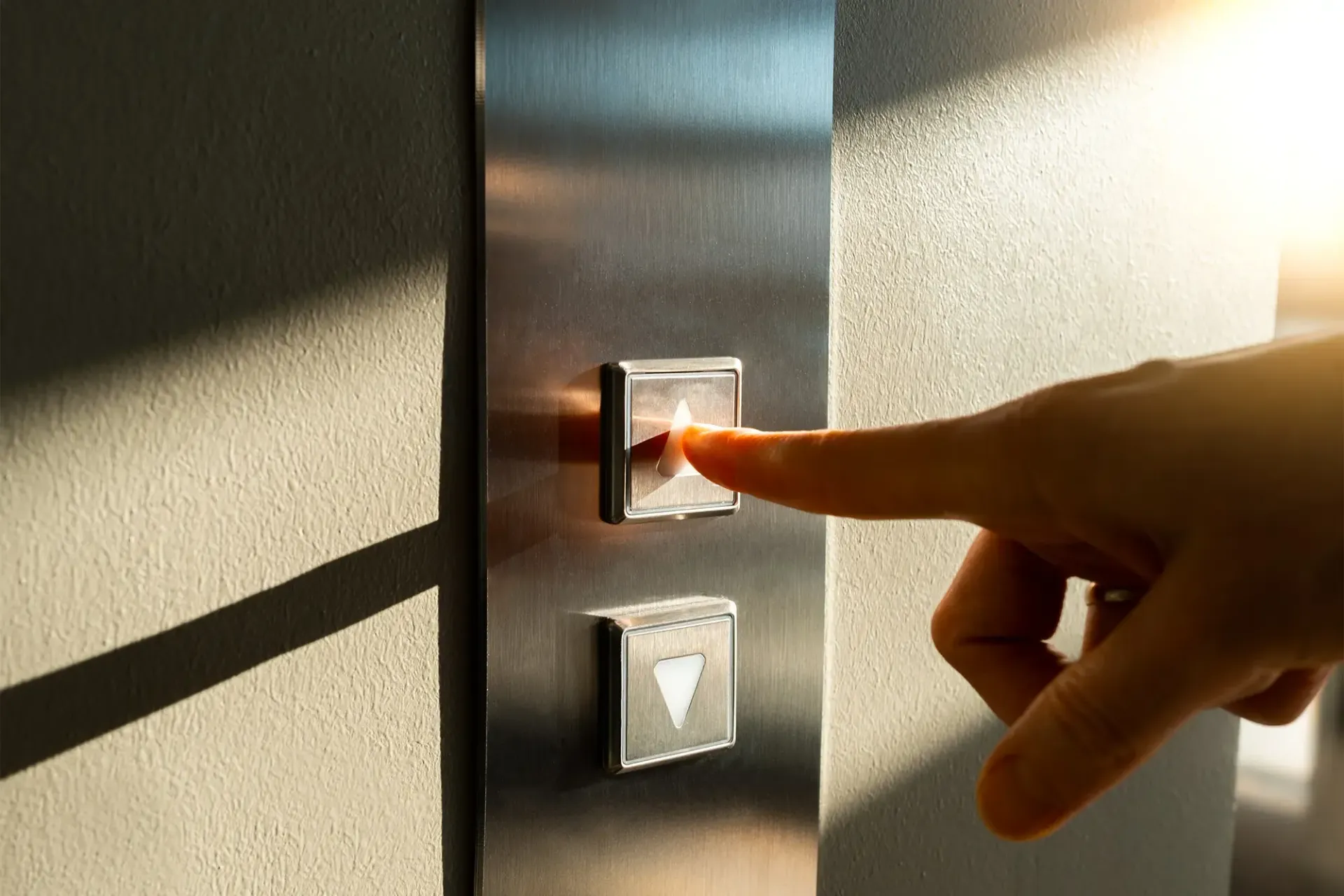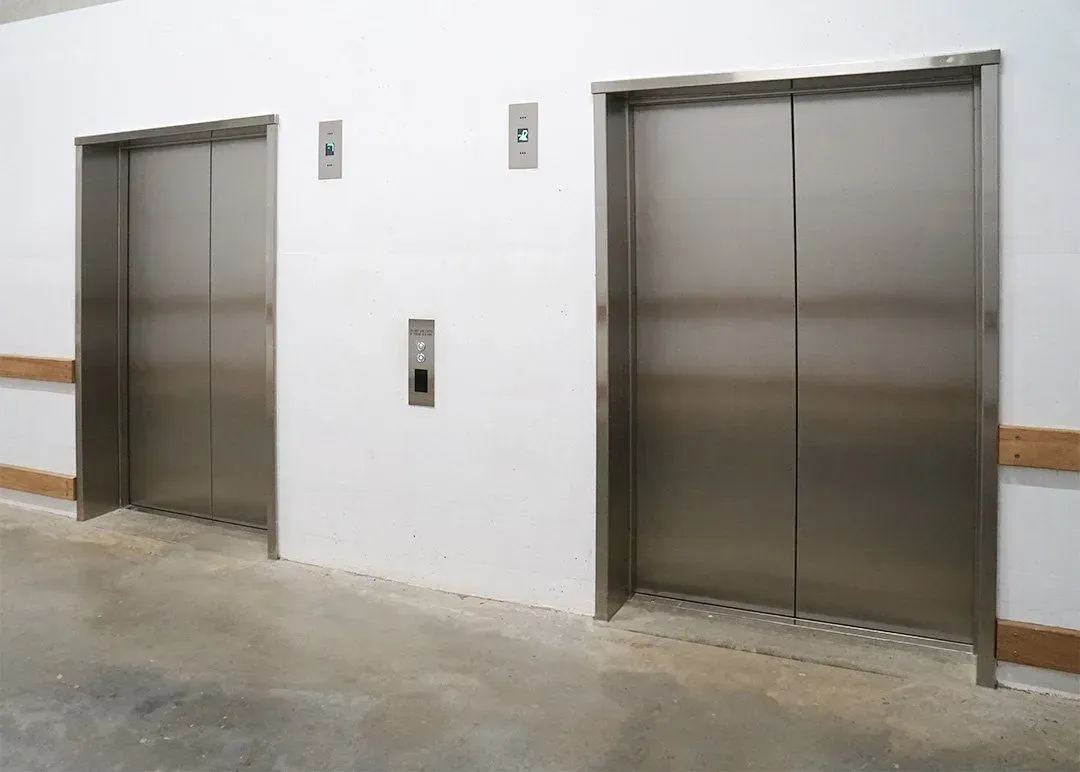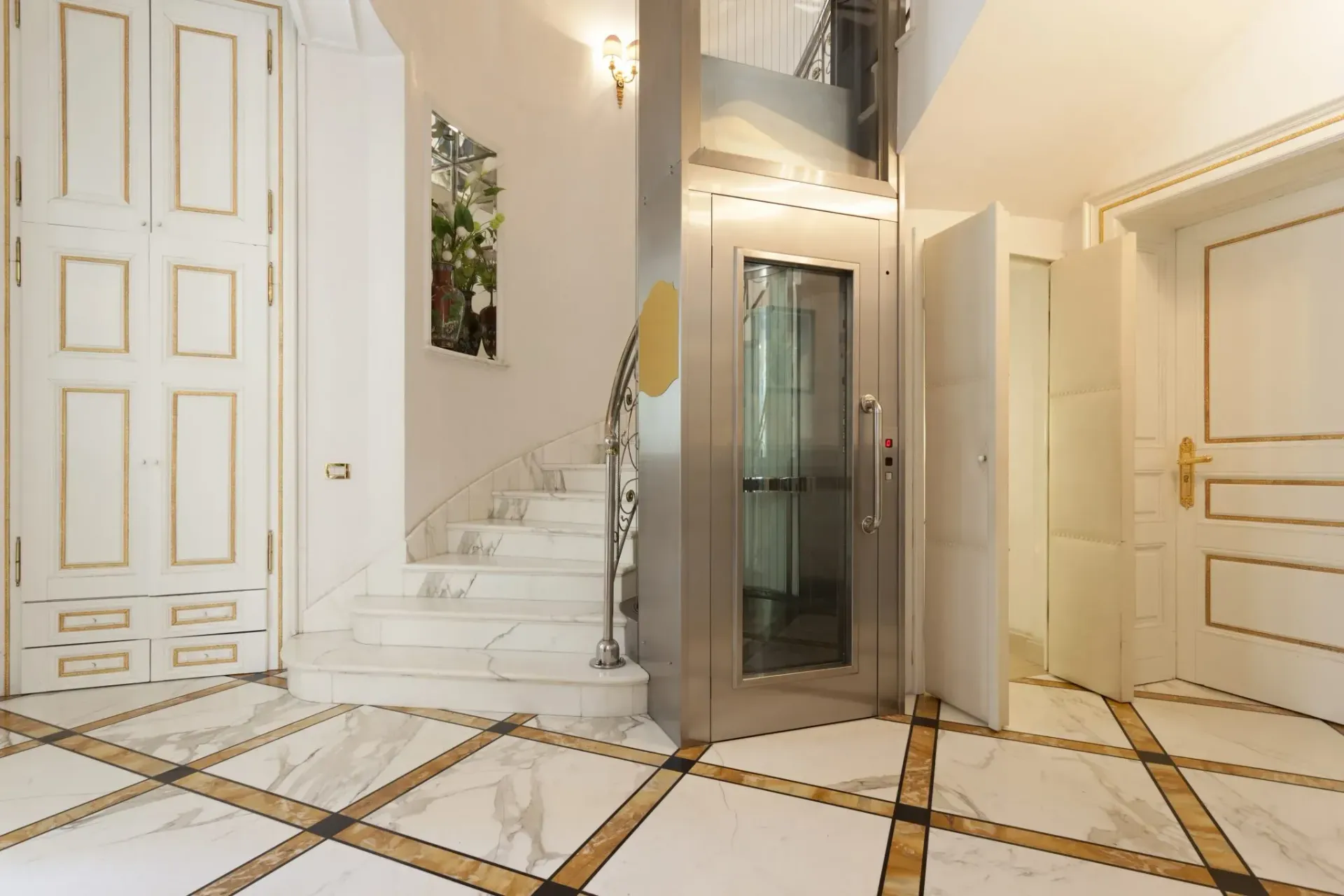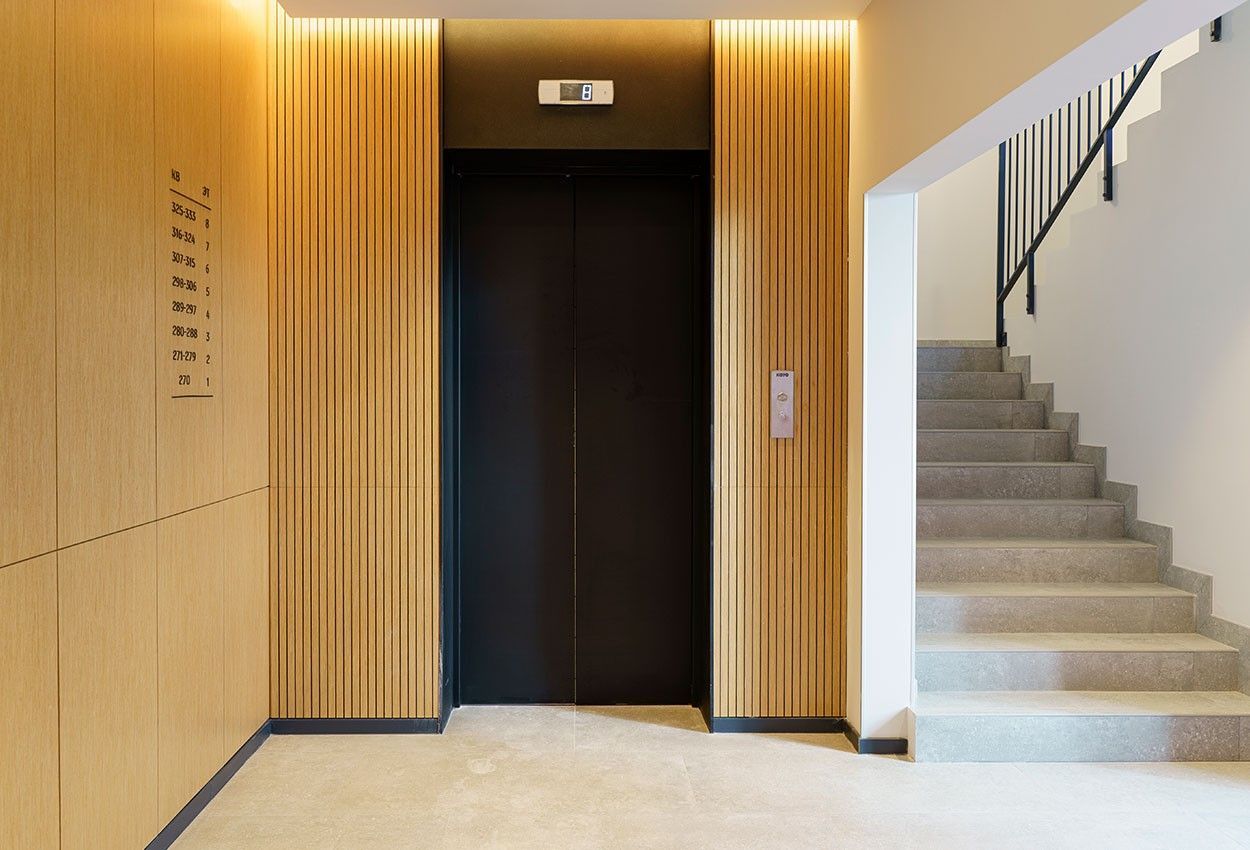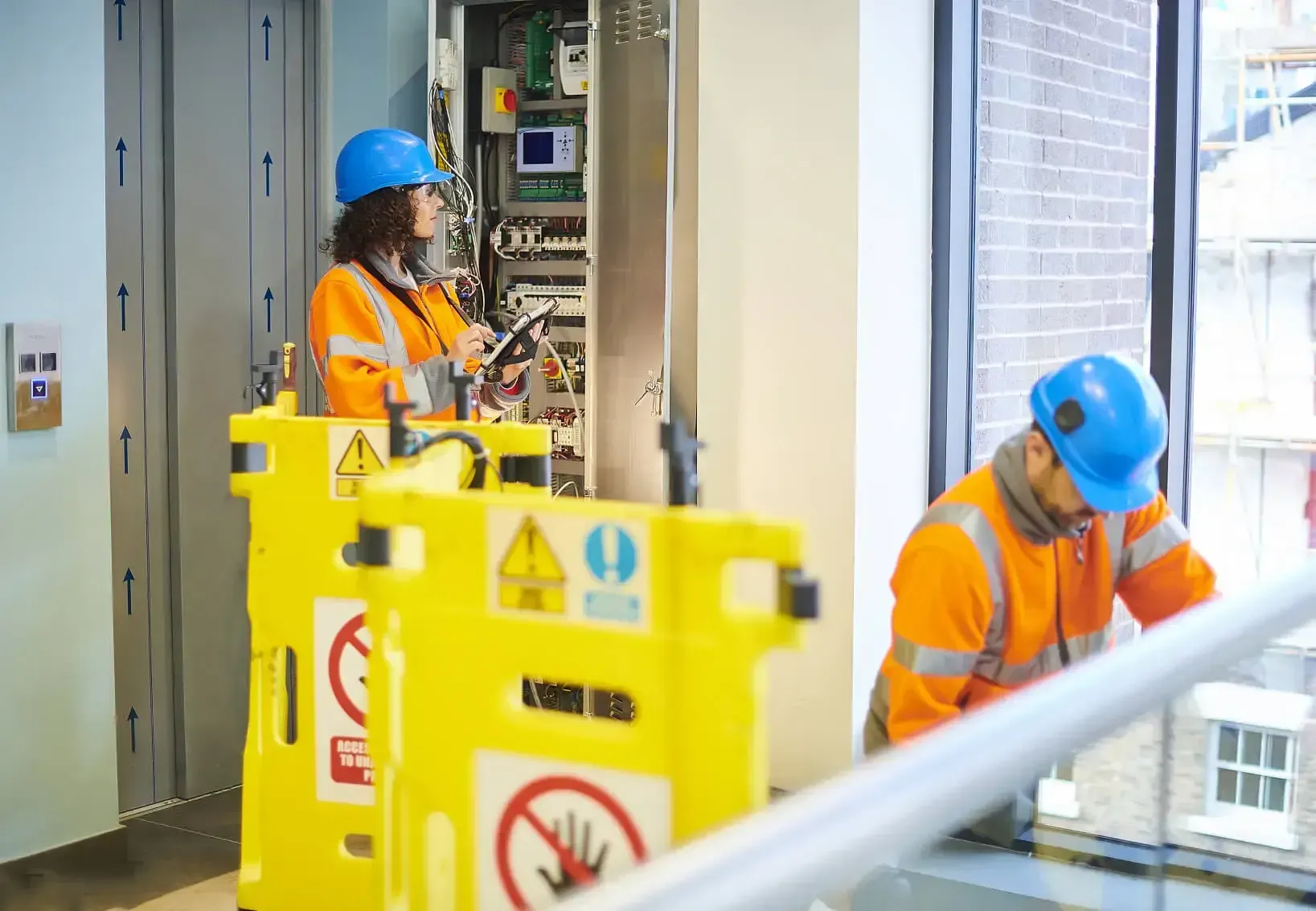How to Improve Disabled Access in Schools
Every child has the right to a full education, but some pupils may need additional help to access the education they need. Disabilities take many forms, from special educational needs to pupils using a wheelchair, but it’s vital that schools take steps to be as inclusive as possible.
There are around 800,000 disabled children under the age of 16 living in the UK, according to the Disabled Living Foundation, and this equates to around one child in every 20. These statistics mean that each school is likely to have at least one child with a disability in every class, so accessibility is key.
Research by Mencap has found that the majority of pupils with disabilities attend mainstream schools and the 2010 Equality Act states that schools mustn't discriminate against any pupils because of their disability. There are plenty of ways for schools to improve their disabled access, from installing disabled access lifts to utilising assistive technology, so read on to find out more.
Students who use wheelchairs may find it difficult to access certain classrooms (or even the school building itself) without assistance, but disabled access lifts can drastically improve this. Vertical or inclined platform wheelchair lifts are one of the most common options and they can be installed both inside and outside a building.
Platform lifts are a popular option in areas where there isn’t room for a wheelchair ramp and they allow wheelchair users to move easily and safely from floor to floor. Platform lifts can also provide access to the school building if there are outdoor steps to navigate and no room for a ramp.
Wheelchair ramps are one of the most cost effective ways to improve disabled access to your school and they come in a wide variety of shapes and sizes. Ramps can be installed on a permanent or temporary basis both indoors and outdoors, and they also improve access for anyone elderly or with mobility issues.
Ramps should include handrails and a non-slip surface for extra safety and care should be taken to ensure that the gradient isn’t too steep. Ideally, ramps should be placed at either end of a corridor or building for ease of access, or install a platform lift in areas where there isn’t room for a ramp.
Automatic sliding doors or power assisted swing doors offer easily accessible entrances for your school buildings. Installation also ensures that your school meets the requirements of the Disability Discrimination Act. Automatic door systems can be installed at internal or external openings and they come in a range of flexible designs.
Automatic doors also offer additional security for your school and entry can be controlled by staff inside the building. Manual doors can be very difficult to navigate for pupils in a wheelchair, or anyone using crutches, so improve accessibility by installing automatic doors at key entrances.
Assistive technology can significantly improve learning accessibility for pupils with disabilities and your school may be eligible for funding in some cases. There are many types of assistive technology available, including touch-screen computers, tablets, speech to text software, braille translation software and listening aids.
Funding and grants vary throughout the UK but your school may be able to get some financial help towards the cost of equipment. You can find out more about the types of grants available for assistive technology here. Assistive technology is particularly useful for children with learning disabilities or conditions such as visual impairment and it doesn’t have to be hi-tech or expensive either. It could be something as simple as a pencil grip to help children with mobility issues, or worksheets in braille or a larger font.
Support for visual impairments
Not all disabilities are immediately obvious and visual impairments can make learning much more challenging if the right adaptations aren’t in place. As mentioned above, worksheets in braille or large print can make life much easier for pupils with visual impairment, or you could provide information in an audio format.
Improvements in lighting can also significantly help visually impaired pupils. Consider swapping overhead fluorescent bulbs for LED lights; these bulbs give off a much stronger, clearer light and they’re more environmentally friendly too. Light filters can also work wonders; they remove the glare from overhead lighting and convert it into full spectrum light. This helps to reduce eye strain for all pupils and improves visual clarity for those with milder visual impairments.
Disabled bathroom facilities are essential if you’re looking to make your school more inclusive; ideally there should be at least one disabled bathroom per building or floor. Bathrooms that are spacious enough can be easily modified to make them more accessible for those in a wheelchair or with other mobility issues.
Add grab rails around the lavatory and at other key points to help pupils navigate the space. You may also need to adjust the sink to move it lower down, or add a second sink that can be used by those in a wheelchair.
Support for learning disabilities
Accessibility for pupils with learning disabilities is just as important as for those with physical disabilities. Learning disabilities vary greatly in severity, but they can have a significant impact on a student’s ability to concentrate and learn. Common types of learning disability include dyslexia, dyspraxia and ADHD, but it’s important to consider the individual needs of each pupil.
There are many different ways to make school more accessible for those with learning difficulties, including:
●Offering information in different formats. Some pupils find it easier to learn using audio, pictures or by giving verbal answers instead of writing.
●Designated quiet spaces. Some pupils find it difficult to work in a busy, noisy classroom so offer a quiet space where there’s less background noise and distractions.
●Check in regularly. Talk to students regularly to ask what they need or if there’s anything which might help. This might be something as simple as moving seats so that they’re closer to the whiteboard.
It’s important to think about how you adapt classrooms in your school, as well as the general building itself. For example, many doorways are simply not wide enough to accommodate a wheelchair, so consider widening doorways in some classrooms on the ground floor.
It’s also a good idea to invest in some height adjustable desks to make learning more comfortable for those in a wheelchair. As mentioned above, teachers should also make sure that they have information available in different formats, e.g braille or audio recordings. You may also need to adjust the seating plan to accommodate pupils with special needs, so that they can sit nearer to the front of the classroom or close to the door.
Disabled Access Lifts in Scotland - From the Experts at ADL Lift Services
If you’re in need of reliable disabled access lifts for your school in Scotland, get in touch with the team at ADL Lift Services. We pride ourselves on finding solutions on a case by case basis to ensure that our customers get the exact requirements they need. All of our lifts comply with the Disability Discrimination Act for your peace of mind and we offer a variety of different types of lift, including inclined platform lifts, stairlifts and vertical platform lifts.
As well as installation, we also offer full maintenance services to ensure you have the access you need at all times. We’d love to discuss your requirements with you, so give us a call today to speak to a friendly member of the team or contact us via our website.